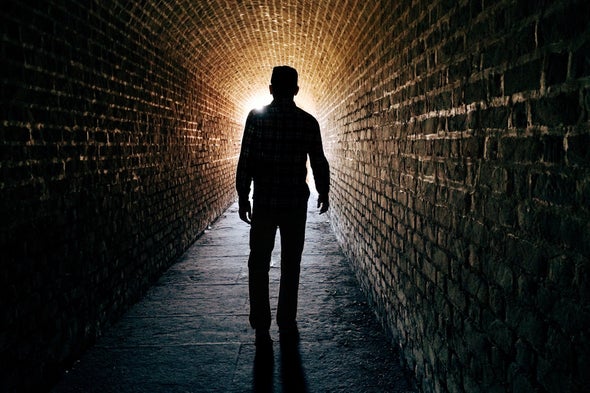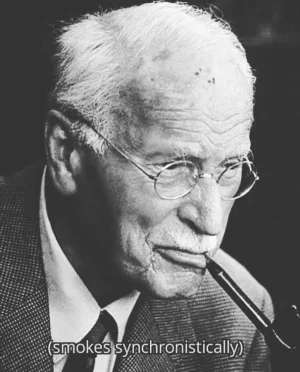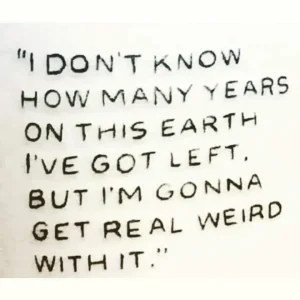Phew!!! Caught up with you at last ...... just been through about 4 pages

Welcome back to full flow again Skare, and thanks for all those 'likes' a few hours ago

. I'm really glad to see you are feeling better at the moment - been sending good vibes your way. That story of your SO and the truck - amazing

!! You both must have pretty good guardian angels.
There's a lot in here that's common to the article you posted on the irrational rejection of psi abilities. What's weird to me is that the process described to reject the reality of NDEs also provides a valid argument for the rejection of the reality of any experience. It goes like this .....
We just think the world exists, but it's really an experience caused by our neurons firing, so it doesn't really exist.
But

.... we don't have any neurons because they are part of the physical world too and so they are just a figment of our (non-existant) physical neurons ...... so I don't exist at all as a material being. I can't see why this is logically any less plausible than explaining NDEs as neurons firing by themselves.
Best attitude I believe is one of skeptical open-mindedness - to just about everything - and if many people have experienced something and described it in similar ways, then it should be seriously considered as real. Taking care not to confuse the description of the experiences with any particular worldview (such as a particular religion or philosophy, like you implied yourself).
I think software is a good analogy for the mind - to confuse it with neurons is like explaining an executing computer application with the logic circuits that host it. I'm not saying the mind is software, just a bit like it.
















